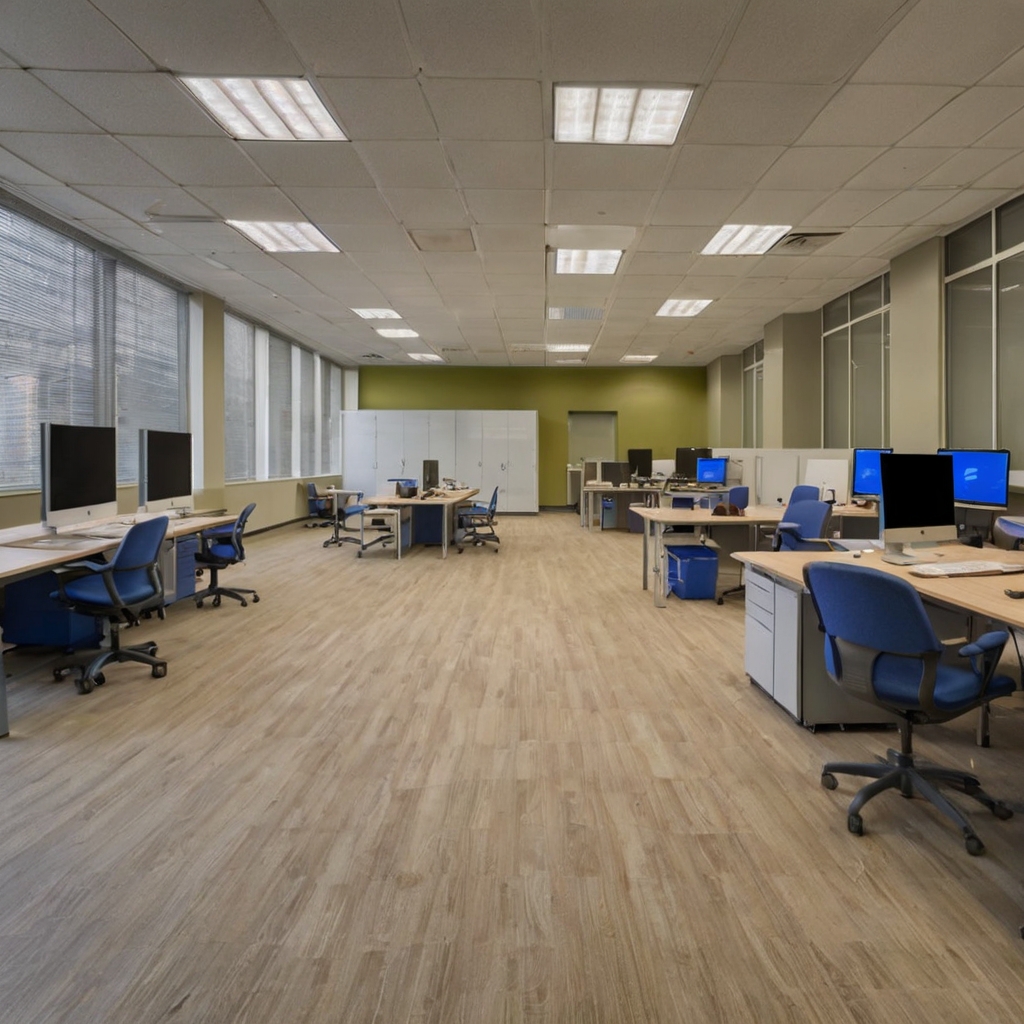A feasibility study for a training institute is a vital step to ensuring the project’s success and achieving its objectives. This study aims to analyze all aspects related to establishing the institute, including financial, marketing, organizational, and operational aspects. It begins with an analysis of the target market to assess the volume of demand for training services and specialized courses, while examining the level of competition in the field. The study includes estimating establishment and operational costs such as rent, equipment, employee salaries, and administrative expenses, while determining an appropriate pricing structure for training courses based on total costs and expected returns. The study also addresses developing effective marketing strategies aimed at attracting trainees and building a strong reputation for the institute in the market. In addition, the study covers legal aspects, including licensing requirements and conditions necessary to start the activity. The feasibility study also seeks to evaluate the project’s potential profitability while minimizing associated risks. Ultimately, a training institute feasibility study is a comprehensive document that provides clear insights for investors, helping them make informed decisions to ensure the project’s success and sustainability.

A training institute is an educational center that aims to provide individuals with the skills and knowledge necessary to enhance their capabilities and develop their competencies in various fields. The institute focuses on providing specialized training courses that meet market needs and modern job requirements. It also offers comprehensive training programs covering a wide range of disciplines, such as information technology, management skills, languages, and professional development. It is worth noting that the institute relies on highly experienced trainers to deliver distinguished education that combines theory and practical application, ensuring trainees’ understanding of concepts and effective skill development. It also provides an interactive learning environment that motivates learners to participate and engage continuously. When preparing a feasibility study for a training institute, the focus is on several key factors that contribute to the project’s success. These factors highlight the importance of offering flexible programs that suit the needs of companies and individuals, and offering innovative solutions that contribute to improving professional performance and enhancing trainees’ career development opportunities, making the institute a strategic partner in achieving success.



The institute offers a wide range of courses in various disciplines.
It offers remote training options and does not require in-person attendance.
It relies on experts with practical experience in their fields.
It offers internationally recognized certifications that enhance employment opportunities.
It can design customized training programs for companies and individuals.
The institute focuses on practical training and active participation.
It helps trainees develop their skills according to market needs.
It provides professional consultations to improve performance and increase productivity.
Executive summary
Study project services/products
Market Size Analysis
Risk Assessment
Technical study
Financial study
Organizational and administrative study

The Education Sector in the GCC Countries
Believing in the importance of the education sector and its role in promoting the localization of the national workforce, Mashroo3k for Economic Consultancy and Market Research is pleased to present the following key indicators of the education sector in the Gulf Cooperation Council (GCC) countries, inviting investment in this vital field:
The total number of students in Early Childhood Development (including nurseries and kindergartens) across the GCC reached approximately 851,500 students, according to the latest available statistics.
The number of students enrolled in school education stages across the GCC is estimated at around 9.3 million students (79.4% in the public sector and 20.6% in the private sector).
The number of learners in adult education centers is estimated at 181,247 students.
The number of students enrolled in higher education institutions stands at 2,206,446 students.
The number of early childhood teachers is approximately 50,647.
The number of school education teachers is estimated at around 727,904.
There are 5,806 operational early childhood education institutions.
There are 32,310 operational school education institutions.
Over the past years, GCC governments have actively sought to bridge the gap between education and the labor market by adopting educational curricula that emphasize vocational and technical education and encourage learning through modern technologies and digital platforms. It is also worth noting the increasing investment in education quality across the six countries to produce graduates who meet the private sector’s workforce requirements.
According to the latest statistics:
Saudi Arabia allocates 18.9% of its budget to education.
The UAE allocates 14.8% of its budget to education.
Oman allocates 12.2% of its budget to education.
Bahrain allocates 9.8% of its budget to education.
Kuwait allocates 12.3% of its budget to education.
Qatar allocates 10.5% of its budget to education.
By 2023, the value of the private education market in the GCC is expected to reach USD 26.2 billion.
The Global Education Sector
The global education services market was valued at approximately USD 2,882.52 billion by the end of 2021. Experts project that the market will reach USD 3,191.79 billion by the end of 2022, achieving a compound annual growth rate (CAGR) of 10.7%. Furthermore, by 2026, the market value is expected to rise to USD 4,623.90 billion, reflecting a CAGR of 9.7% over the forecast period.

Investment in the Saudi private education sector grew by 3% in 2016, rising to 15.5% compared to 12.5% in 2015. Investment in the private education sector has increased over the past five years, reaching approximately 10 billion riyals.